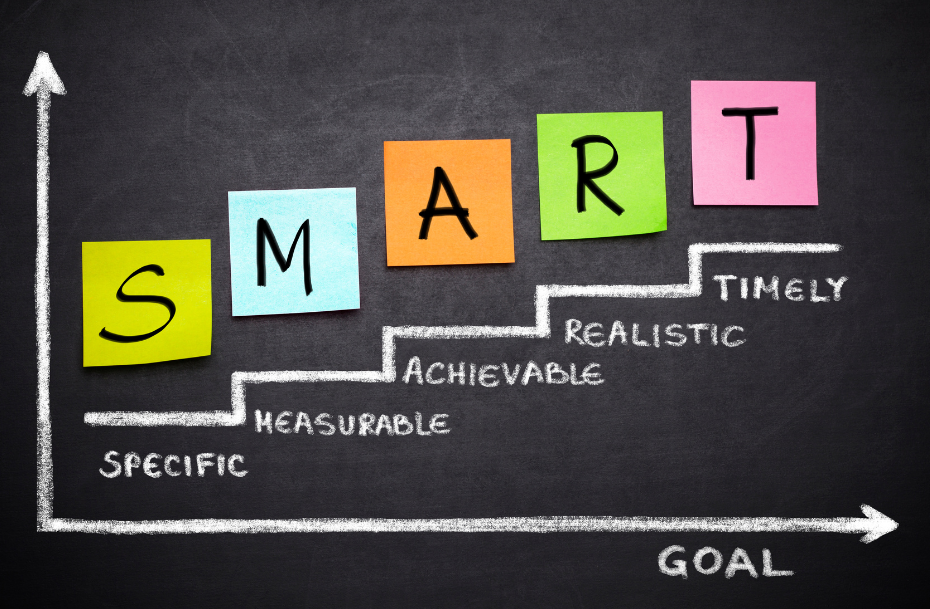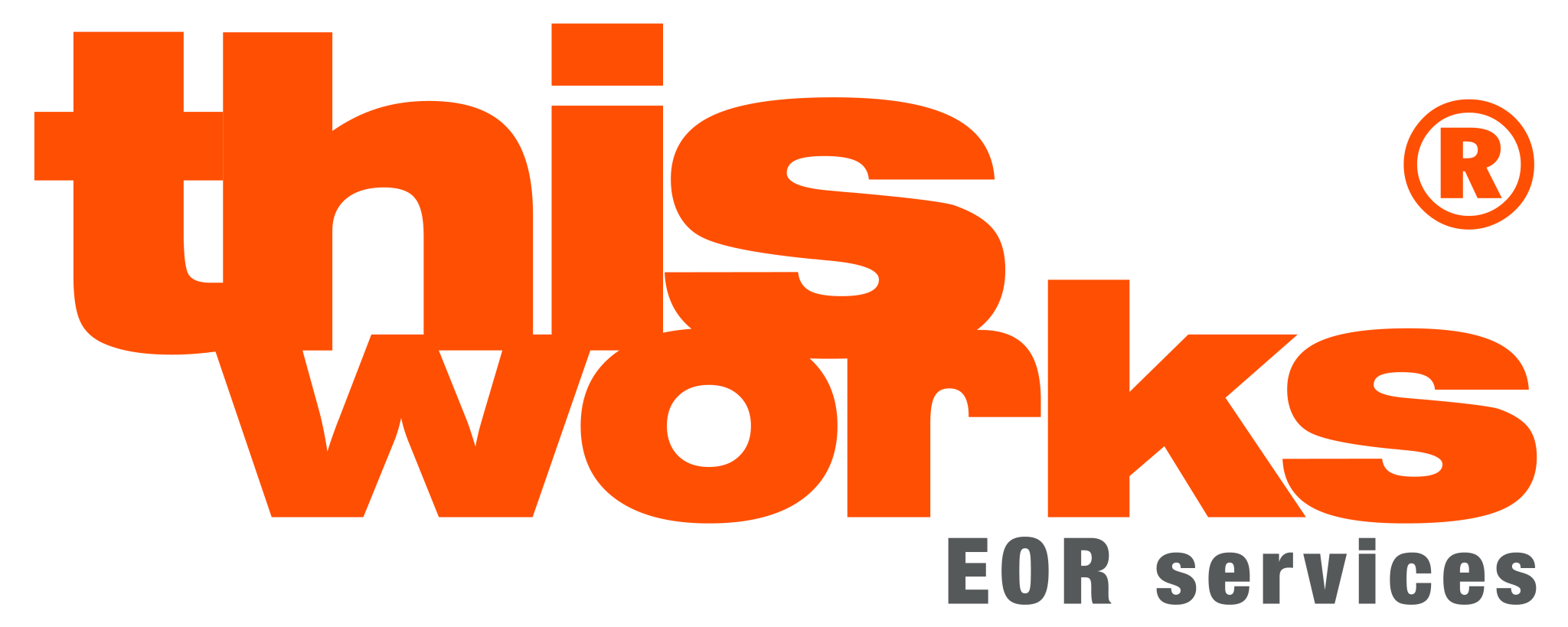
Boosting Productivity: Techniques on How to Perform Better at Your Job
In today’s fast-paced and competitive workplace, the goal to do a better job and get more done has become very important. No matter how long you’ve been working or how new you are to your job, learning how to do your job well, managing your time well, utilizing tools for workplace collaboration, and setting big goals for your work growth is a key part of being successful. This detailed guide will go into these topics and give you useful information that you can use to improve your work and move up in your job.
Effective Work Performance Tips
Developing a Growth Mindset
Being able to see failures as chances to learn is one of the most important parts of having a development attitude. People who think this way are more likely to see problems not as scary things but as chances to learn new things and gain more information. When you see problems as chances to grow personally and professionally, you create a setting that helps you keep going forward.
In the same way, it’s important to see comments as something that can help you make progress. Giving yourself helpful feedback can help you figure out how to improve your skills and find areas where you need to do more work. People with a growth attitude are told to see comments not as criticism but as a way to get better results.
Enhancing Communication Skills
When it comes to productive relationships in the workplace, communication that is both clear and succinct, whether it be verbal or written, is very necessary. When information is communicated with accuracy, there is less chance for misinterpretation, which in turn helps to build an environment that is more productive in the workplace. The capacity to explain one’s views in a clear and concise manner is a talent that is applicable to many professions, whether it is in the context of composing emails, creating reports, or participating in group discussions.
It is equally important to engage in active listening in order to better comprehend both colleagues and customers. When you pay attention to what other people are saying without interrupting them, you not only improve your ability to effectively absorb information but also display respect for them. This not only helps to strengthen connections, but it also encourages cooperation and has the potential to reveal key ideas that could have been missed otherwise.
Building Resilience
Strategies that allow one to recover quickly from failures are absolutely necessary in order to keep one’s momentum going in the face of obstacles. Having the ability to recognize challenges as transitory difficulties rather than insurmountable problems is an essential component of resilience. When confronted with adversity, it might be helpful to employ strategies such as breaking down major jobs into smaller, more manageable steps or requesting support from coworkers.
Another essential component of resilience is the cultivation of a good mental attitude. Maintaining a positive mindset is one of the most effective ways to improve your capacity to deal with stress and challenges. You will be able to approach issues with a solution-oriented attitude, which will promote resilience and tenacity in the face of adversity. This may be accomplished by shifting your thinking.

Boosting Productivity at Work
We will discuss a variety of tried-and-true methods that have been shown to increase productivity and improve performance at work..
1. Prioritize and Plan
The ability to effectively prioritize tasks and plan ahead is one of the primary keys to increased productivity. At the beginning of each day, you should choose which chores are the most important and need to be completed. In order to organize your workload, you might make use of tools such as to-do lists or applications that manage projects. Setting priorities allows you to concentrate on activities that have a significant impact and keeps you from feeling overwhelmed by a lengthy list of duties.
2. Time Blocking
Assignment of particular blocks of time to various activities or categories of work is a necessary step in the process of putting the time blocking approach into practice. It is possible to keep a regular schedule that avoids distractions and optimizes productivity if you create time periods that are specifically designated for concentrated work, meetings, and breaks among other activities. By preventing work from intruding into personal time, time blocking also makes it possible to achieve a better balance between work and personal life.
3. Set SMART Goals
Providing a clear framework for your work may be accomplished by setting goals that are SMART, which stands for specific, measurable, attainable, relevant, and time-bound. First, break down the bigger goals into smaller, more doable tasks, and then establish deadlines for each of those activities. As you finish chores using this strategy, you will feel a feeling of achievement, which will make it much simpler for you to maintain your motivation and concentration.
4. Eliminate Distractions
Locate and get rid of or reduce the amount of distractions that are present in your working environment. You should disable alerts that aren’t essential, establish a workspace that is just for your use, and communicate limits with your coworkers or family members. During your work hours, you should think about adopting productivity tools that block websites that might be distracting. This will help you retain your concentrate on the duties at hand.
5. Take Regular Breaks
Although it is commonly believed that working nonstop would result in higher productivity, taking breaks at regular intervals is really more important for preserving concentration and avoiding burnout. Short breaks provide your brain the opportunity to recharge, which may contribute to improvements in your ability to solve problems, your creativity, and your general well-being. Techniques such as the Pomodoro Technique, which consists of 25 minutes of concentrated work followed by a 5-minute break, have the potential to be highly beneficial.

6. Practice Mindfulness and Stress Management
Meditating and doing deep breathing exercises are two examples of mindfulness methods that can assist in the management of stress and the improvement of general mental well-being. You can improve your ability to focus, your resilience, and your emotional intelligence by incorporating mindfulness into your everyday practice. Your ability to reduce stress levels will allow you to establish an environment that is favorable to prolonged production.
7. Delegate and Collaborate
Determine when it is appropriate to assign responsibilities or work together with others in order to capitalize on the capabilities of the group. Not only does delegation help to share the responsibility, but it also presents members of the team with the opportunity to make efficient use of their abilities. The ability to effectively collaborate encourages creative thinking and problem-solving, which ultimately results in higher-quality outputs.
8. Continuous Learning and Skill Development
You will not only improve your professional talents by devoting time to ongoing learning and skill development, but you will also experience an increase in self-assurance and increased drive. To enhance your skill set, it is important to keep up with the latest developments in the field, participate in workshops, and take online courses. Not only can acquiring new skills make you more useful to your business, but it also introduces you to new ways of thinking and methods to problem-solving.
9. Embrace Technology
Streamline your work processes by making use of the various productivity tools and technological advancements available. The use of automation platforms, communication tools, and software for managing projects may greatly cut down on the amount of human labor required and significantly boost productivity. Keep abreast of the most recent technological advancements that are pertinent to your industry, and incorporate these advancements into your workflow.
10. Reflect and Adapt
Make it a habit to regularly evaluate your performance and pinpoint areas in which you may improve. You should examine your patterns of production, rejoice in your achievements, and gain knowledge from your failures. Adjust your strategies in response to the input you receive and the changing conditions. Fostering resilience and ensuring that you maintain your agility in the face of shifting work settings are both benefits of adopting a philosophy of continuous development..
Tools for Workplace Collaboration
Collaborative Platforms
Utilizing platforms such as Slack, Microsoft Teams, or Asana is pivotal for fostering seamless communication within the workplace. These tools provide a centralized space for real-time messaging, file sharing, and project collaboration. Slack, with its channels and direct messaging features, ensures efficient communication among team members, while Microsoft Teams integrates seamlessly with the broader Microsoft 365 suite, offering a comprehensive collaboration experience. Asana, on the other hand, excels in project management, allowing teams to organize tasks, set deadlines, and track progress.
Integrating video conferencing tools is essential for bridging geographical gaps in today’s globalized work environment. Platforms like Zoom, Microsoft Teams, or Google Meet facilitate face-to-face virtual meetings, enabling teams to connect regardless of physical locations. Video conferencing not only enhances communication by adding a visual element but also promotes a sense of camaraderie among team members, crucial for remote or distributed teams. Incorporating these collaborative platforms into your workflow not only improves communication efficiency but also promotes a more connected and engaged team, ultimately contributing to increased productivity and project success.
Document Management Systems
Organizing and sharing documents efficiently is imperative for smooth workflow, and tools like Google Workspace or Microsoft 365 are instrumental in achieving this goal. These suites offer cloud-based solutions that enable seamless collaboration on documents, spreadsheets, and presentations in real-time. Google Workspace, with its Google Drive and collaborative editing features, allows multiple users to work on the same document simultaneously, fostering teamwork and reducing version control issues.
Ensuring version control and collaborative editing is a key aspect of document management. With the constant evolution of projects, it’s crucial to track changes, manage versions, and avoid confusion among team members. Microsoft 365, through SharePoint and OneDrive, provides robust version control features, ensuring that everyone is working on the latest version of a document. Collaborative editing features further enhance teamwork, allowing multiple contributors to edit documents simultaneously.
Collaborative platforms and document management systems play pivotal roles in enhancing workplace collaboration. By utilizing these tools, organizations can create a more connected and efficient work environment, breaking down geographical barriers and streamlining document-related processes. These technologies not only improve communication and collaboration but also contribute significantly to the overall success of projects and the organization as a whole.
Goal-Setting for Professional Growth
During this session, we will discuss the significance of goal-setting for professional development and offer some useful advice on how to establish and accomplish targets that are significant to you.
The Significance of Goal-Setting
Clarity of Direction
Setting goals provides clarity and direction for your professional path. It helps you identify where you want to go, what you want to achieve, and the steps required to get there. Without clear objectives, it’s easy to become complacent or feel stuck in your career.
Motivation and Focus
Goals serve as powerful motivators. They give you a reason to strive for excellence and maintain focus on tasks that contribute to your professional development. The pursuit of specific objectives creates a sense of purpose, driving you to overcome challenges and persevere in the face of obstacles.
Professional Development:
Goal-setting is a proactive approach to professional development. By defining specific skills you want to acquire or areas you want to improve, you can tailor your learning experiences and seek opportunities that align with your objectives. This intentional approach accelerates your growth and positions you as a proactive contributor in your field.

Practical Tips for Effective Goal-Setting
Long-Term and Short-Term Goals
Maintain a sense of equilibrium in your approach to goal-setting by incorporating both long-term and short-term targets. The difference between long-term and short-term objectives is that the former provides a vision for your whole professional path, while the latter broken down greater dreams into more attainable stages. Because of this combination, you will be able to maintain your concentration on the tasks at hand while simultaneously working for your more general professional goals.
Regularly Review and Adjust
It is a dynamic process to define goals for oneself. Review your objectives on a regular basis in order to evaluate your progress and make any modifications. Changes in circumstances, as well as the appearance of new possibilities or difficulties, are possible. Maintaining a flexible mindset allows you to modify your objectives so that they are in line with your ever-changing priorities and circumstances.
Break Down Goals into Actionable Steps
Transform larger goals into actionable steps. Breaking down goals into smaller, manageable tasks makes them less overwhelming and more achievable. This approach also allows you to celebrate incremental successes, maintaining motivation throughout the journey towards the ultimate objective.
Seek Feedback and Mentorship
Share your goals with mentors, colleagues, or supervisors who can provide valuable insights and guidance. Constructive feedback helps you refine your goals and gain different perspectives on your professional development. Mentorship provides ongoing support and advice, contributing to your overall growth and success.
Celebrate Achievements
Acknowledge and celebrate both small and significant achievements along the way. Recognizing your progress reinforces a positive mindset and motivates you to continue pursuing your goals. Celebrations can be personal or shared with your professional network, fostering a sense of accomplishment and satisfaction.
Conclusion
Implementing these techniques unlocks your full potential, enhancing job performance and elevating productivity. Success is a journey; embracing a growth mindset and consistently applying these strategies fosters long-term career growth. Challenges become opportunities, and the transformative impact on your work life is undeniable. Embrace each hurdle, viewing them as stepping stones to success. Cultivate resilience, continuously learn, and adapt. Your commitment to improvement not only benefits your professional journey but also contributes to the broader trajectory of your career. Embrace the challenges, cultivate a growth mindset, and witness the positive transformation of your work life.
How do you improve work performance?
To enhance work performance, prioritize tasks, set clear goals using the SMART criteria, and implement time-blocking techniques. Minimize distractions, create a dedicated workspace, and take regular breaks to prevent burnout. Embrace continuous learning, stay updated on industry trends, and leverage technology for streamlined processes. Practice mindfulness and stress management for improved focus. Delegate tasks, collaborate effectively, and regularly reflect on your performance for ongoing improvement.
What are the top 3 ways to improve performance at work?
To boost work performance, prioritize tasks by importance and deadlines, utilizing tools like to-do lists. Implement time-blocking techniques to create focused work intervals, enhancing concentration. Minimize distractions by turning off unnecessary notifications and designating a dedicated workspace. Additionally, adopt effective stress management practices, such as mindfulness and regular breaks, to prevent burnout and maintain optimal mental well-being. Continuous learning and skill development further contribute to heightened professional capabilities, increasing overall efficiency.
How can someone improve their work performance?
To enhance work performance, individuals should prioritize tasks, set clear goals with deadlines, and utilize time management techniques like the Pomodoro Technique. Create a focused work environment by minimizing distractions and optimizing workspace ergonomics. Regularly take short breaks to prevent burnout and maintain mental well-being. Embrace continuous learning, acquiring new skills relevant to the job. Effective communication with colleagues and superiors fosters collaboration and understanding. Seek feedback for continuous improvement, adapt to changing circumstances, and stay updated on industry trends.
Article Author – Gino Peters
Gino Peters is the Commercial Director at ThisWorks, with a rich history of nearly a decade in international payroll. Throughout his tenure, he has consistently kept abreast of evolving labor legislation, ensuring that ThisWorks remains at the forefront of industry knowledge. Beyond his vast expertise, Gino is deeply committed to advising and guiding clients and partners with precise insights. His leadership guarantees that all content and operations at ThisWorks meet the highest standards of clarity, accuracy, and compliance.
Follow him on Linkedin
Book a free consultation with Gino Peters






